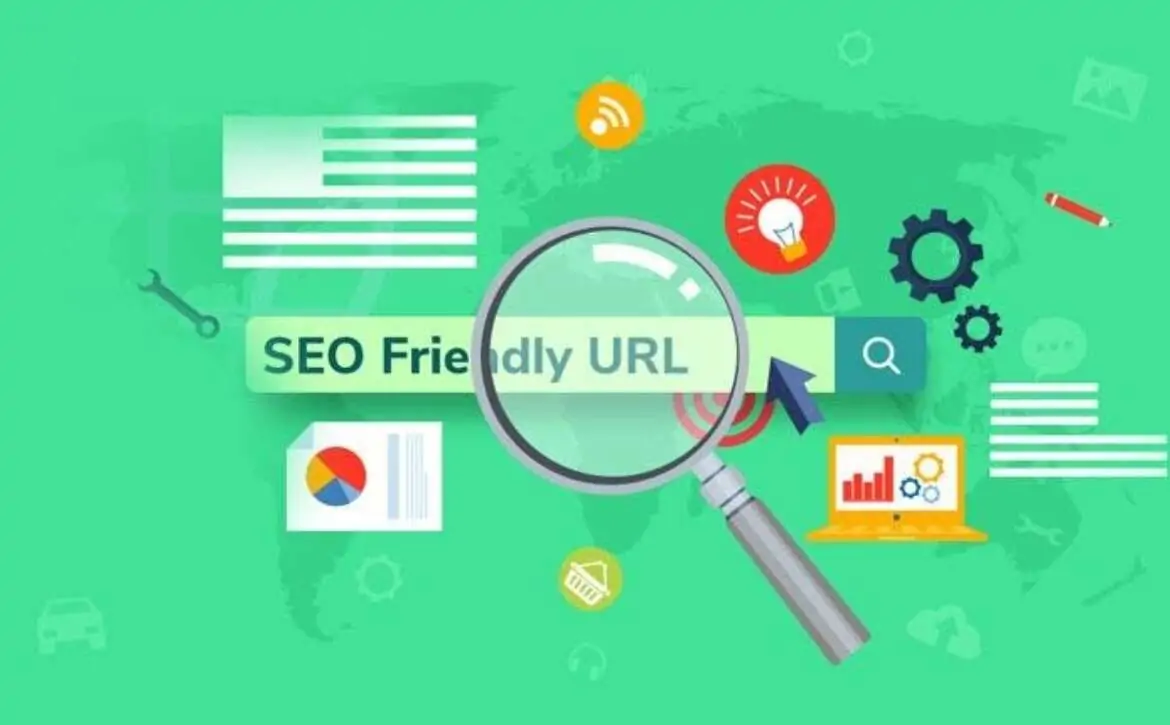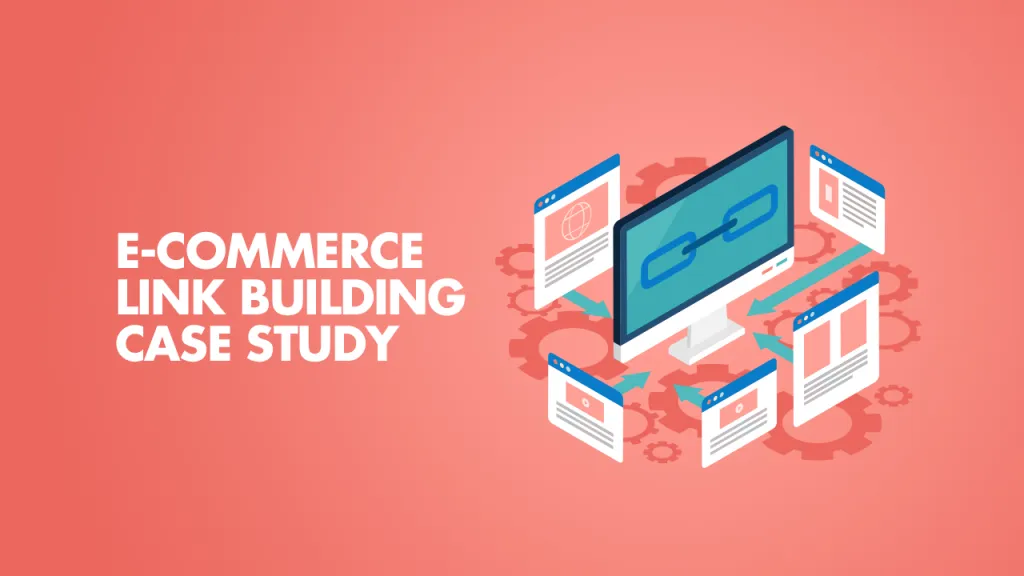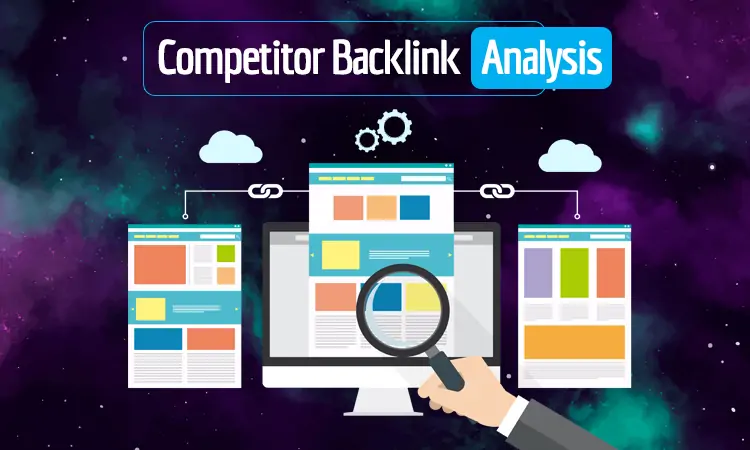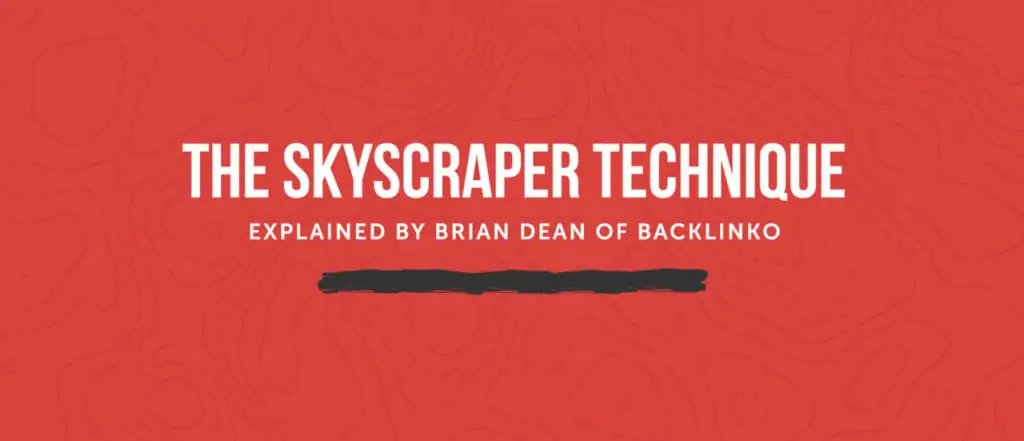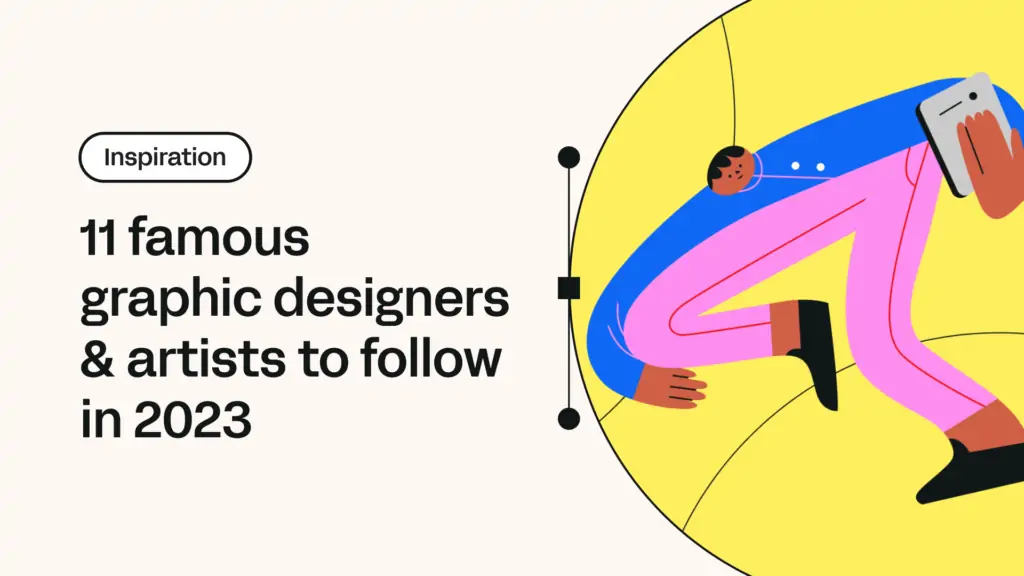Elevating Your Visibility and Rankings with SEO-Friendly URLs
Welcome to our store. Here you can buy high quality replica 1:1 products. We sell designer replica Audemars Piguet watches.
Owning one of the 30 UK quality Replica Watches UK is just a few clicks away when you order online.
superwatches.me is the world’s leading manufacturer of high-quality replica watches.
In the vast and ever-evolving realm of search engine optimization (SEO), every component of a website plays a crucial role in determining its visibility and rankings on search engine results pages (SERPs). Among these components, the URL structure of a website holds significant importance, serving as a foundational element that directly impacts its SEO performance. This exclusive article delves into the power of SEO-friendly URLs, exploring their significance in enhancing website visibility, improving user experience, and ultimately, driving organic traffic and conversions.
Understanding the Significance
SEO-friendly URLs, also known as clean URLs or search engine-friendly URLs, are URLs that are structured and formatted in a way that is easily understandable by both search engines and users. Unlike complex and convoluted URLs filled with parameters and unnecessary characters, clean URLs are concise, descriptive, and optimized for both relevance and readability.
As Google’s Webmaster Guidelines emphasize, “URLs should be as simple as possible and include words that describe the content of the page.” By adhering to this principle and optimizing your website’s URLs for clarity and relevance, you can improve its chances of ranking higher in search engine results and attracting more organic traffic.
The Benefits
The benefits of using search engine optimization-friendly URLs extend far beyond improved search engine rankings. In addition to enhancing your website’s visibility and discoverability, search engine-friendly URLs also contribute to a better user experience. By providing users with clear and descriptive URLs that accurately reflect the content of the page, you can help them navigate your website more easily and find the information they’re looking for quickly and efficiently.
As Rand Fishkin, founder of Moz and SparkToro, aptly states,
“URLs are the first thing users see when they interact with your website. Make them clean, concise, and relevant to improve the user experience and drive organic traffic.”

Best Practices
When it comes to creating URLs that are SEO-friendly, several best practices to keep in mind:
1. Keep it concise and descriptive:
Aim for short, descriptive URLs that accurately reflect the content of the page. Avoid using unnecessary words or characters that add complexity and detract from the clarity of the URL.
2. Use keywords strategically:
Incorporate relevant keywords into your URLs to signal to search engines what the page is about. However, avoid keyword stuffing and ensure that your URLs remain natural and user-friendly.
3. Use hyphens to separate words:
Use hyphens (-) to separate words in your URLs, as they are more readable and preferred by search engines over underscores (_) or spaces.
4. Avoid using dynamic parameters:
Minimize the use of dynamic parameters, such as session IDs or query strings, in your URLs. Instead, use static URLs that are easier for search engines to crawl and index.
5. Create a logical hierarchy:
Put together your URLs in a sensible pecking order that mirrors the construction of your site. This helps users and search engines navigate your site more effectively and understand the relationship between different pages.
By following these best practices and optimizing your website’s URLs for clarity, relevance, and user experience, you can enhance its visibility, attract more organic traffic, and ultimately, achieve higher rankings on search engine results pages.

Implementing URLs in Practice
Implementing SEO-friendly URLs requires a combination of technical expertise, strategic planning, and attention to detail. Start by auditing your existing URLs and identifying any areas for improvement. Then, work with your web development team or SEO professionals to implement changes and optimize your URL structure according to best practices.
When creating new pages or updating existing content, always prioritize creating SEO-optimized URLs from the outset. By incorporating keywords, keeping URLs concise and descriptive, and avoiding unnecessary parameters, you can ensure that your website’s URLs are optimized for search engines and the user experience alike.
Harnessing the Power
In conclusion, SEO-friendly or Clean URLs play a crucial role in enhancing website visibility, improving the user experience, and driving organic traffic and conversions. By adhering to best practices and optimizing your website’s URL structure for clarity, relevance, and readability, you can improve its chances of ranking higher in search engine results pages and attracting more qualified traffic.
As the digital landscape continues to evolve, the importance of URLs in SEO strategy cannot be overstated. By harnessing the power of clean, concise, and descriptive URLs, you can set your website up for success and achieve sustainable growth in the competitive online marketplace. As Neil Patel, a renowned digital marketing expert, succinctly puts it,
“SEO-friendly URLs are not just good for search engines—they’re good for users too. Keep them clean, concise, and relevant, and watch your organic traffic soar.”


